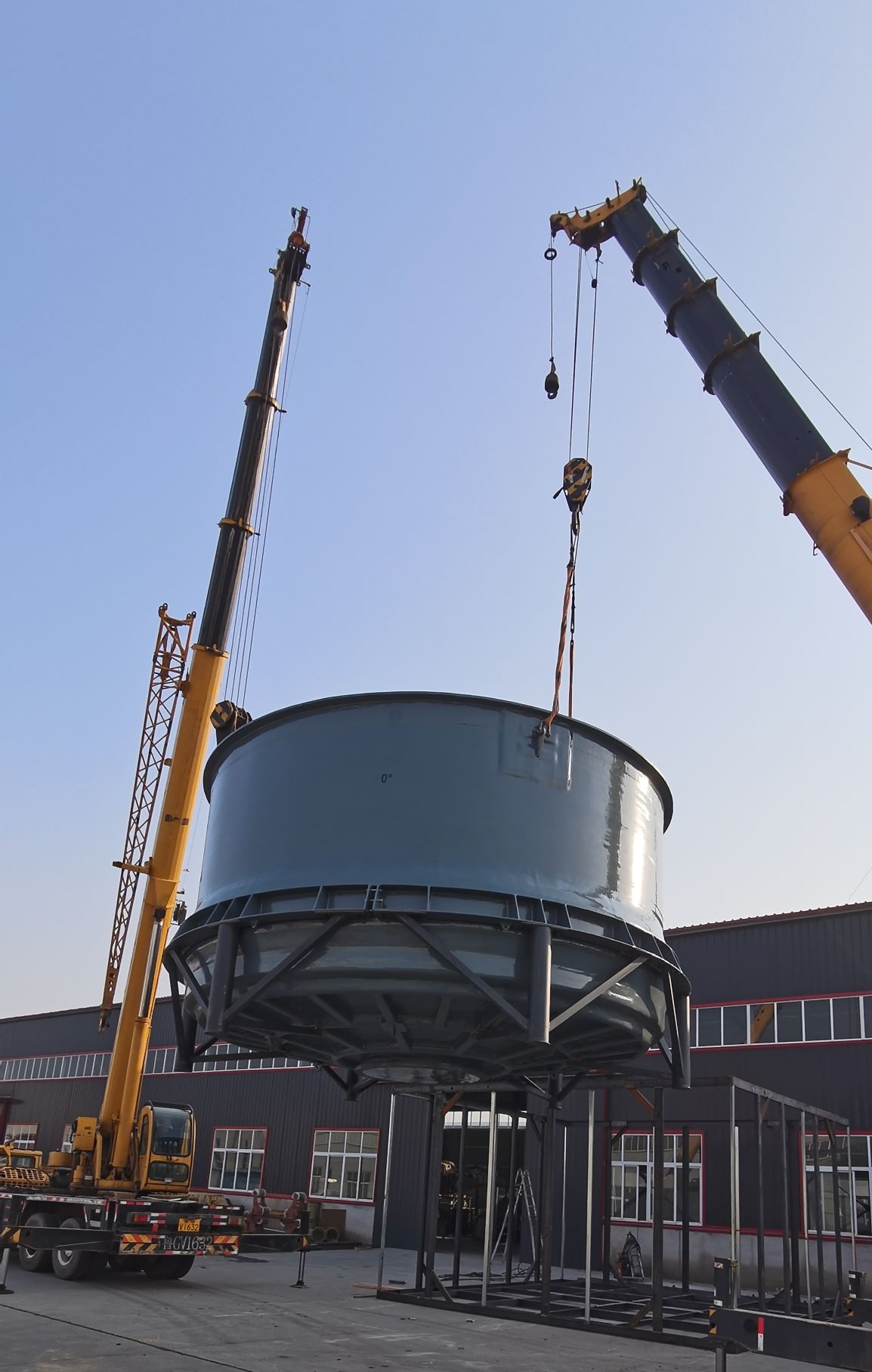
-
 Afrikaans
Afrikaans -
 Albanian
Albanian -
 Amharic
Amharic -
 Arabic
Arabic -
 Armenian
Armenian -
 Azerbaijani
Azerbaijani -
 Basque
Basque -
 Belarusian
Belarusian -
 Bengali
Bengali -
 Bosnian
Bosnian -
 Bulgarian
Bulgarian -
 Catalan
Catalan -
 Cebuano
Cebuano -
 China
China -
 China (Taiwan)
China (Taiwan) -
 Corsican
Corsican -
 Croatian
Croatian -
 Czech
Czech -
 Danish
Danish -
 Dutch
Dutch -
 English
English -
 Esperanto
Esperanto -
 Estonian
Estonian -
 Finnish
Finnish -
 French
French -
 Frisian
Frisian -
 Galician
Galician -
 Georgian
Georgian -
 German
German -
 Greek
Greek -
 Gujarati
Gujarati -
 Haitian Creole
Haitian Creole -
 hausa
hausa -
 hawaiian
hawaiian -
 Hebrew
Hebrew -
 Hindi
Hindi -
 Miao
Miao -
 Hungarian
Hungarian -
 Icelandic
Icelandic -
 igbo
igbo -
 Indonesian
Indonesian -
 irish
irish -
 Italian
Italian -
 Japanese
Japanese -
 Javanese
Javanese -
 Kannada
Kannada -
 kazakh
kazakh -
 Khmer
Khmer -
 Rwandese
Rwandese -
 Korean
Korean -
 Kurdish
Kurdish -
 Kyrgyz
Kyrgyz -
 Lao
Lao -
 Latin
Latin -
 Latvian
Latvian -
 Lithuanian
Lithuanian -
 Luxembourgish
Luxembourgish -
 Macedonian
Macedonian -
 Malgashi
Malgashi -
 Malay
Malay -
 Malayalam
Malayalam -
 Maltese
Maltese -
 Maori
Maori -
 Marathi
Marathi -
 Mongolian
Mongolian -
 Myanmar
Myanmar -
 Nepali
Nepali -
 Norwegian
Norwegian -
 Norwegian
Norwegian -
 Occitan
Occitan -
 Pashto
Pashto -
 Persian
Persian -
 Polish
Polish -
 Portuguese
Portuguese -
 Punjabi
Punjabi -
 Romanian
Romanian -
 Russian
Russian -
 Samoan
Samoan -
 Scottish Gaelic
Scottish Gaelic -
 Serbian
Serbian -
 Sesotho
Sesotho -
 Shona
Shona -
 Sindhi
Sindhi -
 Sinhala
Sinhala -
 Slovak
Slovak -
 Slovenian
Slovenian -
 Somali
Somali -
 Spanish
Spanish -
 Sundanese
Sundanese -
 Swahili
Swahili -
 Swedish
Swedish -
 Tagalog
Tagalog -
 Tajik
Tajik -
 Tamil
Tamil -
 Tatar
Tatar -
 Telugu
Telugu -
 Thai
Thai -
 Turkish
Turkish -
 Turkmen
Turkmen -
 Ukrainian
Ukrainian -
 Urdu
Urdu -
 Uighur
Uighur -
 Uzbek
Uzbek -
 Vietnamese
Vietnamese -
 Welsh
Welsh -
 Bantu
Bantu -
 Yiddish
Yiddish -
 Yoruba
Yoruba -
 Zulu
Zulu
Advanced FRP Absorber Technologies for Enhanced Performance in Industrial Applications
Understanding FRP Absorbers A Comprehensive Overview
FRP (Fiber Reinforced Polymer) absorbers have emerged as a significant innovation in various industries, notably in construction and civil engineering, due to their unique properties and versatility. They play a crucial role in managing sound vibrations, enhancing structural integrity, and improving overall performance. This article delves into the fundamentals of FRP absorbers, their applications, benefits, and future prospects.
What are FRP Absorbers?
FRP absorbers are specialized materials composed of a polymer matrix reinforced with fiber materials such as glass, carbon, or aramid. These composites are designed to effectively absorb sound and vibrations, making them essential in environments where acoustic comfort is critical. The materials are lightweight yet strong, contributing to their popularity in different fields, including automotive, aerospace, and architectural designs.
Working Mechanism
The operation of FRP absorbers is grounded in the principles of wave interference. When sound waves encounter the porous structure of an absorber, the material dissipates the energy of the sound waves through internal friction and the conversion of sound energy into heat. This process results in reduced sound transmission, making FRP absorbers effective in controlling noise levels.
Applications of FRP Absorbers
FRP absorbers are utilized in numerous applications
1. Civil Engineering In building constructions, FRP absorbers are installed to mitigate noise pollution, especially in urban environments. They are often integrated within walls or ceilings to enhance sound insulation and comfort for occupants.
2. Automotive Industry FRP materials are used in vehicles to reduce cabin noise and vibration, improving the overall driving experience. The lightweight nature of these materials also contributes to greater fuel efficiency.
3. Aerospace In aerospace engineering, weight reduction is critical. FRP absorbers are used in aircraft to manage sound and vibrations, providing a quieter and more comfortable environment for passengers and crew.
4. Industrial Applications Manufacturing and industrial facilities often experience high levels of noise. FRP absorbers are used to create quieter work environments, enhancing worker safety and comfort.
frp absorber

5. Renewable Energy Wind turbines and other renewable energy technologies utilize FRP materials to minimize noise generated from operation, making them more acceptable to surrounding communities.
Benefits of FRP Absorbers
The use of FRP absorbers offers several advantages
- Lightweight With a significantly lower weight than traditional materials, FRP allows for easier handling and installation, as well as improved fuel efficiency in transportation applications.
- Corrosion Resistance FRP is highly resistant to environmental factors, ensuring longevity and durability even in harsh conditions.
- Versatile Design The customizable nature of FRP provides designers with the flexibility to create various shapes and sizes, adapting to specific acoustic requirements.
- Cost-Effectiveness Over time, the durability and reduced maintenance needs of FRP absorbers contribute to lower lifecycle costs compared to conventional materials.
Future Prospects of FRP Technology
As sustainability becomes a priority in modern engineering, the demand for FRP technology is expected to rise. Researchers are actively working on improving the manufacturing processes of FRP materials to enhance their performance and expand their applications. Innovations such as bio-based fibers and recycled materials are likely to influence the future of FRP absorbers, making them an even more sustainable option.
Moreover, the integration of smart technologies into FRP systems, such as sensors for real-time monitoring of structural health and performance, is on the horizon. This evolution could lead to more intelligent buildings and infrastructures capable of responding dynamically to environmental changes.
Conclusion
FRP absorbers represent a sophisticated solution to challenges associated with sound and vibration control across various domains. Their lightweight, durable, and versatile nature positions them as a favorable option for industries focused on enhancing performance and sustainability. As research and technology advance, FRP absorbers will likely continue to evolve, playing an essential role in shaping the future of engineering and architecture.









